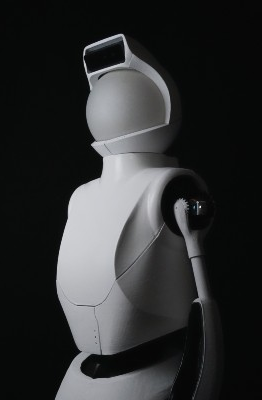
Original Article written by Holly Wojcik
Researchers at the University of Pennsylvania’s School of Engineering and Applied Science are partnering with investigators at Oregon State University (OSU), as well as Semio, a Los Angeles-based software company that specializes in robotics applications, on a $5 million National Science Foundation effort to accelerate human-robotic-interface research by designing a standardized humanoid robot to distribute to the scientific community.
Mark Yim, Asa Whitney Professor of Mechanical Engineering in the Department of Mechanical Engineering and Applied Mechanics and Director of the GRASP Laboratory, will lead the project, which is part of the NSF’s Computer and Information Science and Engineering Community Research Infrastructure program. The NSF’s goal for the program is to drive discovery and learning in computing and communication foundations, computer and network systems, and information and intelligent systems.
This project builds on an earlier collaborative NSF project between Penn and the University of Southern California that ended in 2021. At that time, Penn designed and built ten Quori robots, a low-cost humanoid robot for human-robot-interaction research, and had them distributed around the country. Quori robots have an expressive face, gesturing arms and a bowing spine. They are designed for experimentation in both the lab and “in the wild” (i.e., real-world settings).
Now, this new project involves building and distributing 50 new versions of Quori. “This project establishes a common platform for a large set of human-robot-interaction researchers around the country,” says Yim. “Having a common platform will allow researchers to be able to compare their work, apples-to-apples, so there is a universal basis to build from. Human-robot interaction is becoming one of the more important areas that the world needs to understand as robots become more prevalent and useful in society.”
Penn Engineering’s primary contribution to the project will be the design of the new robot, Quori Version 2, while OSU will lead the forming of the human-robot-interaction research community.
Featured People
Director, GRASP Lab; Faculty Director, Design Studio (Venture Labs); Asa Whitney Professor, MEAM
